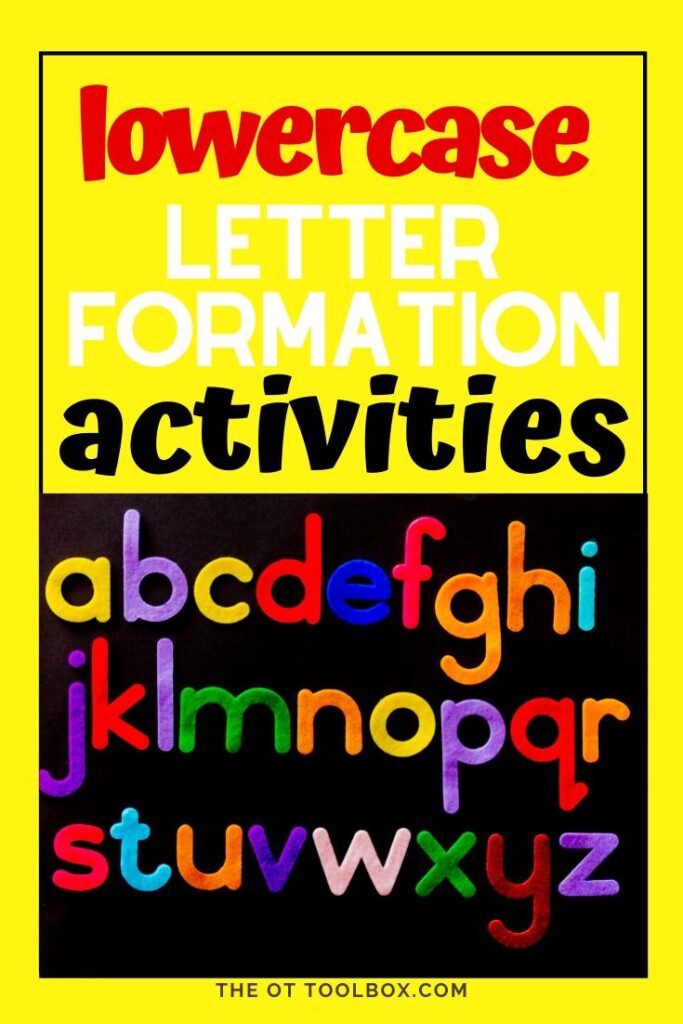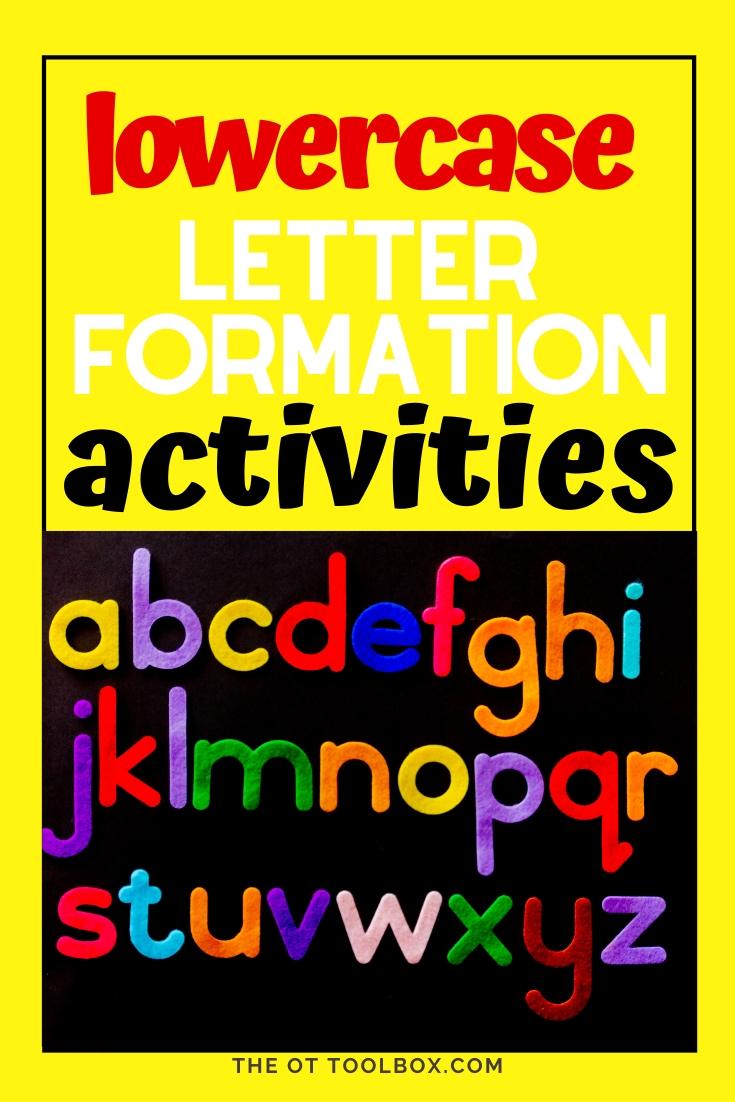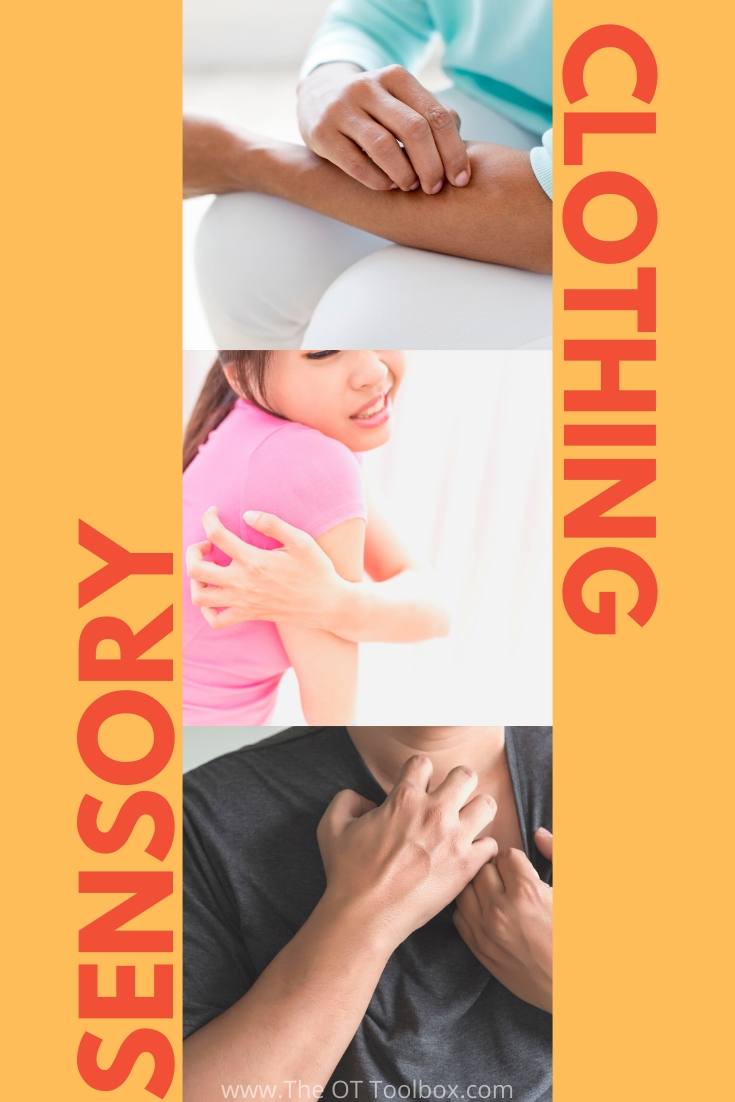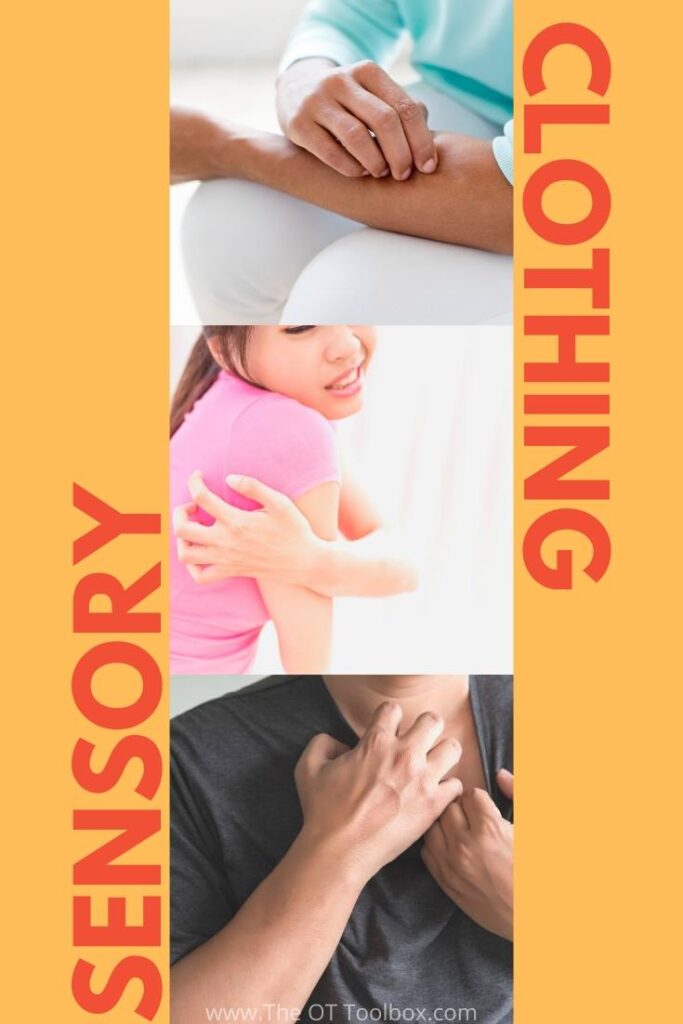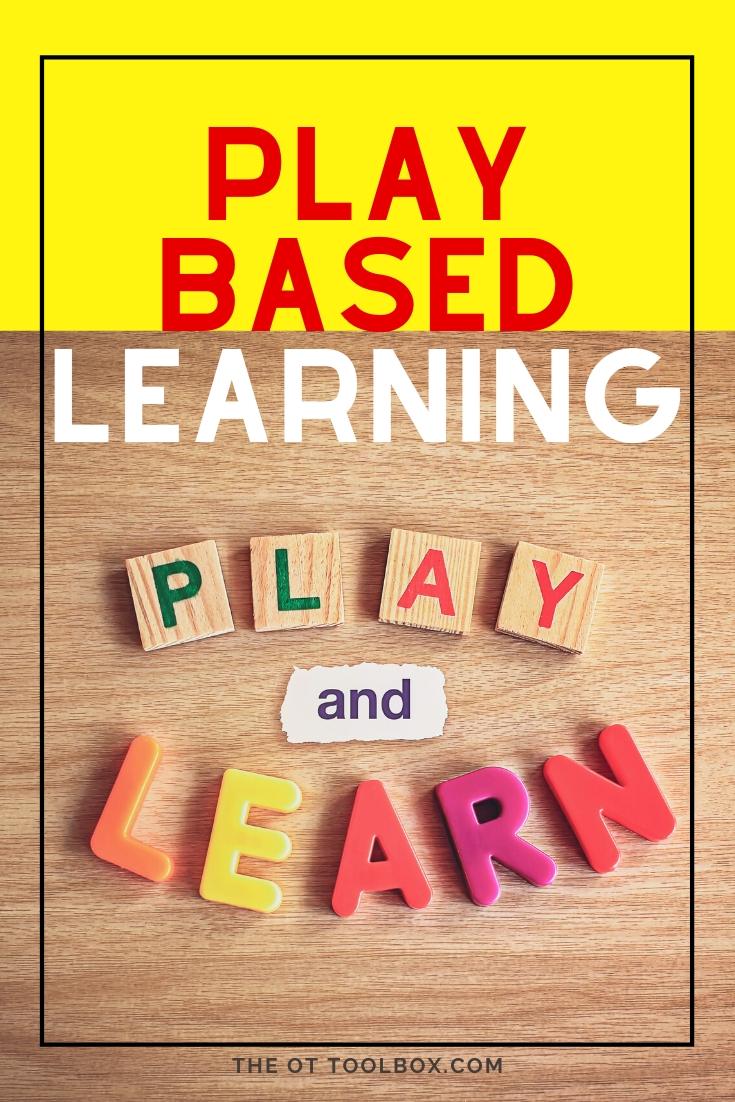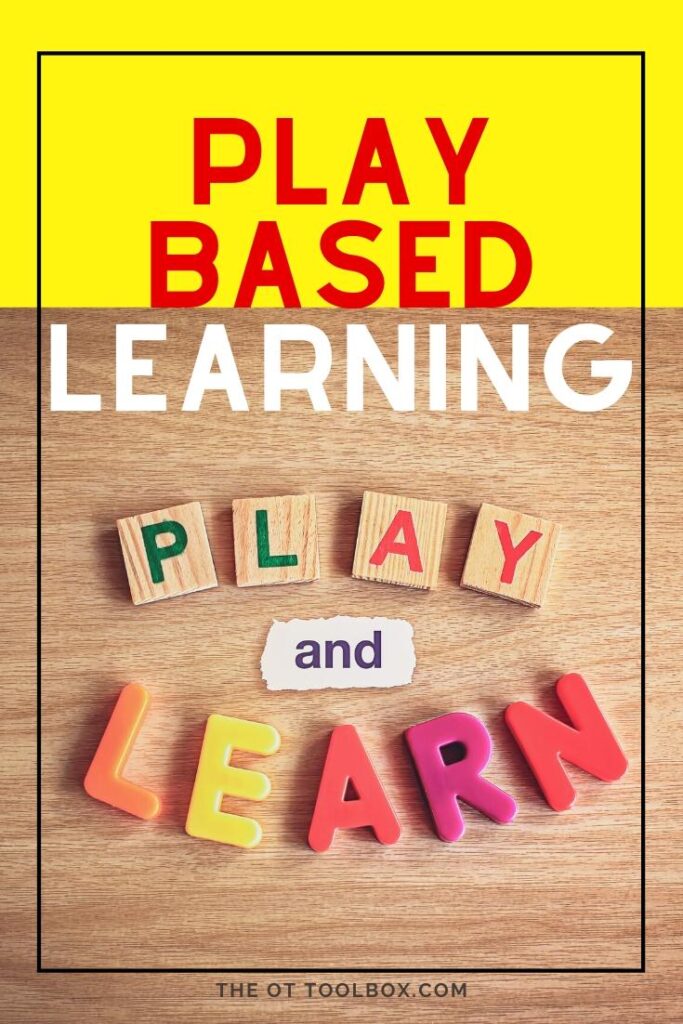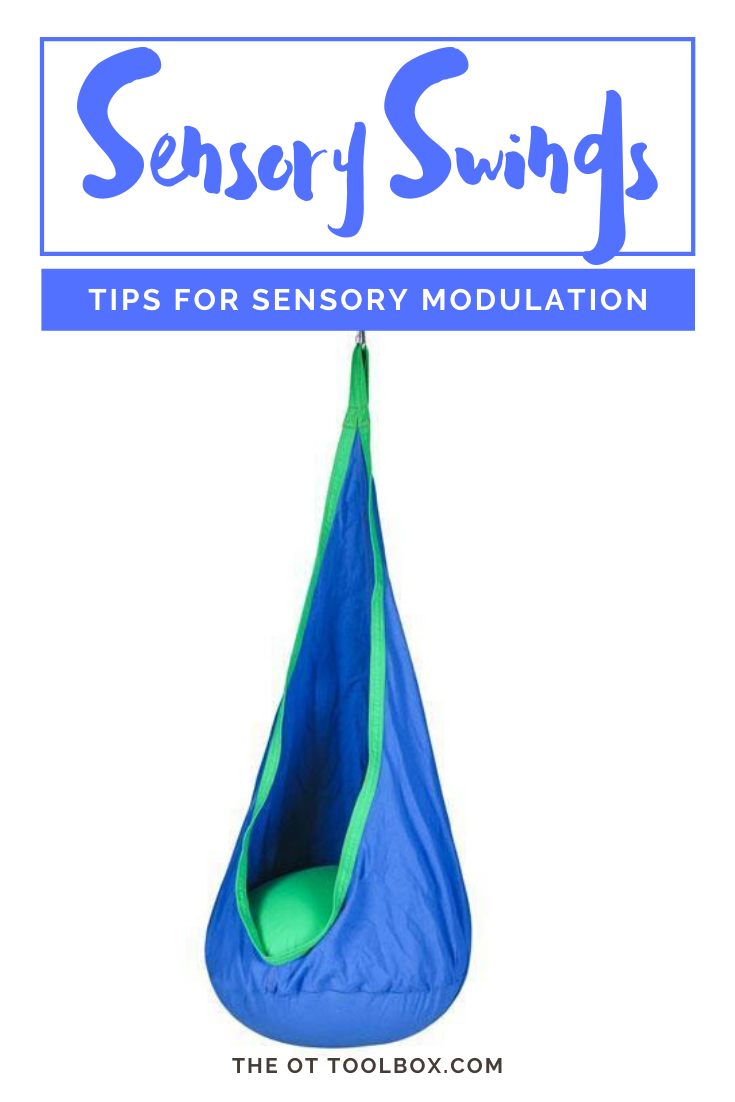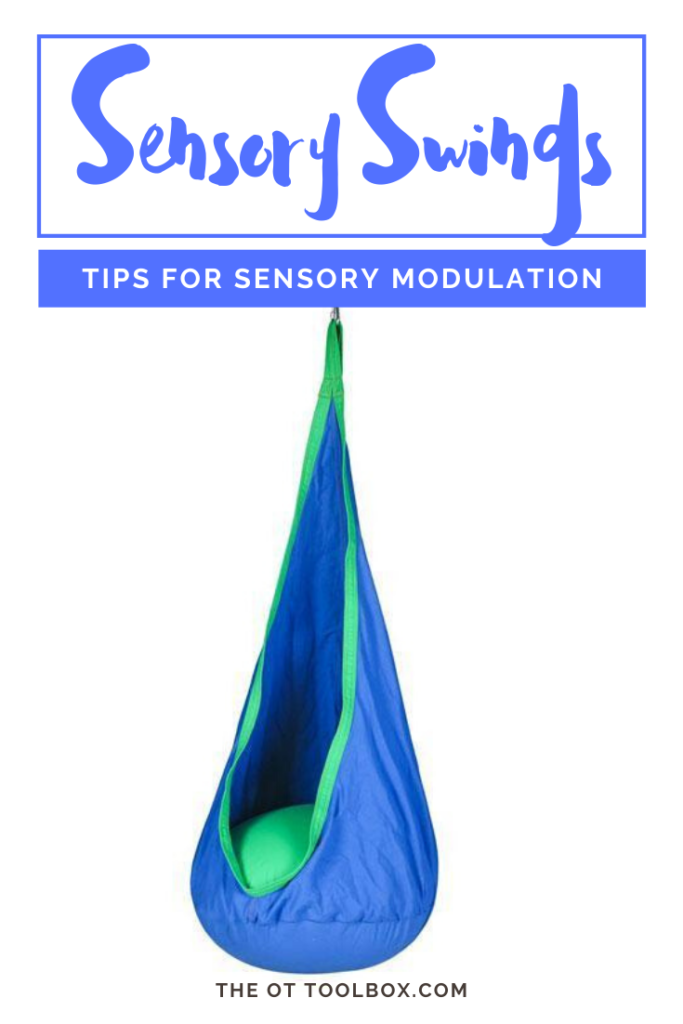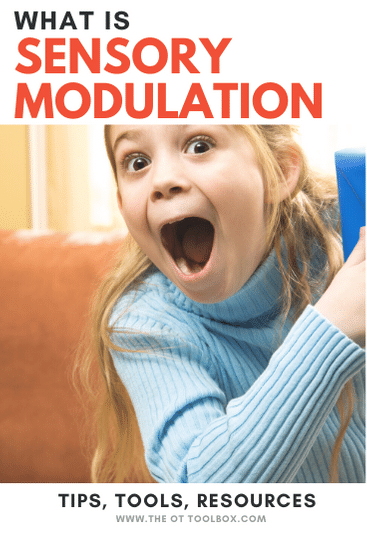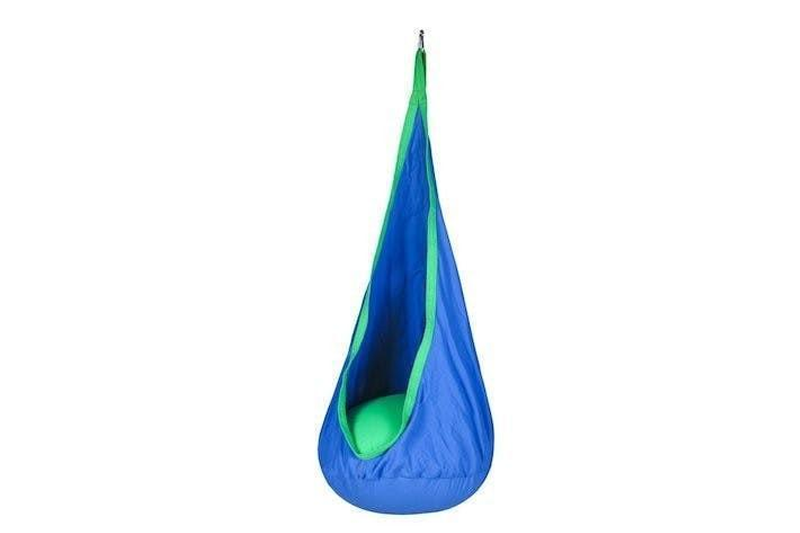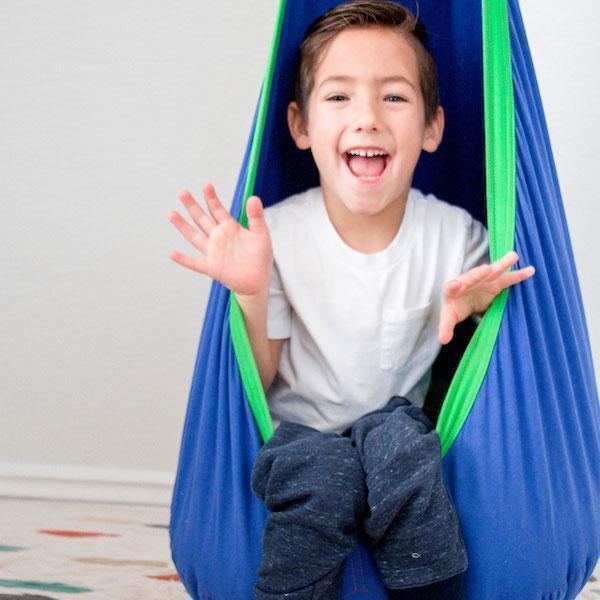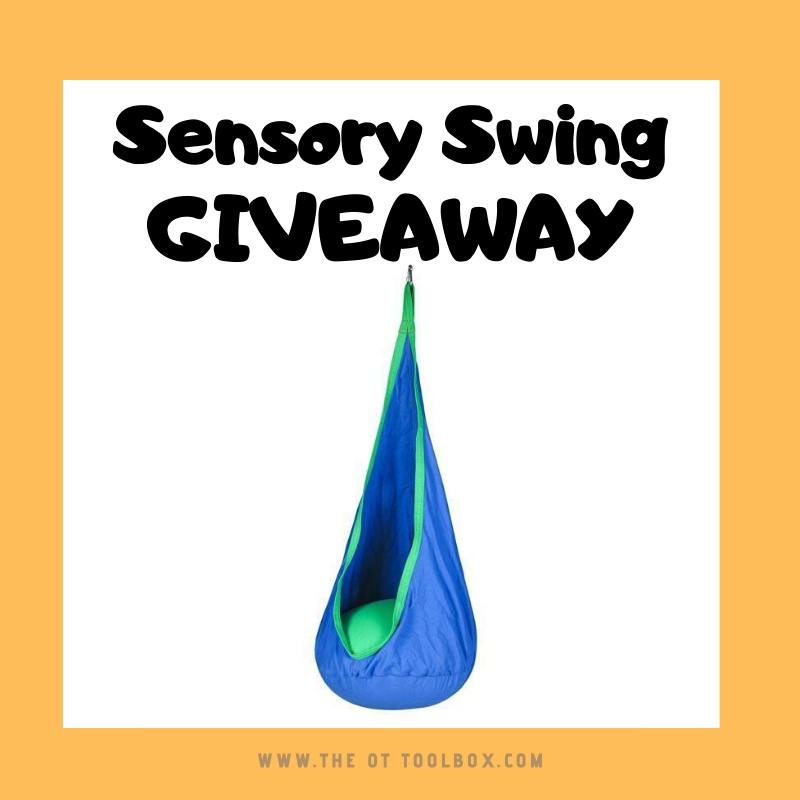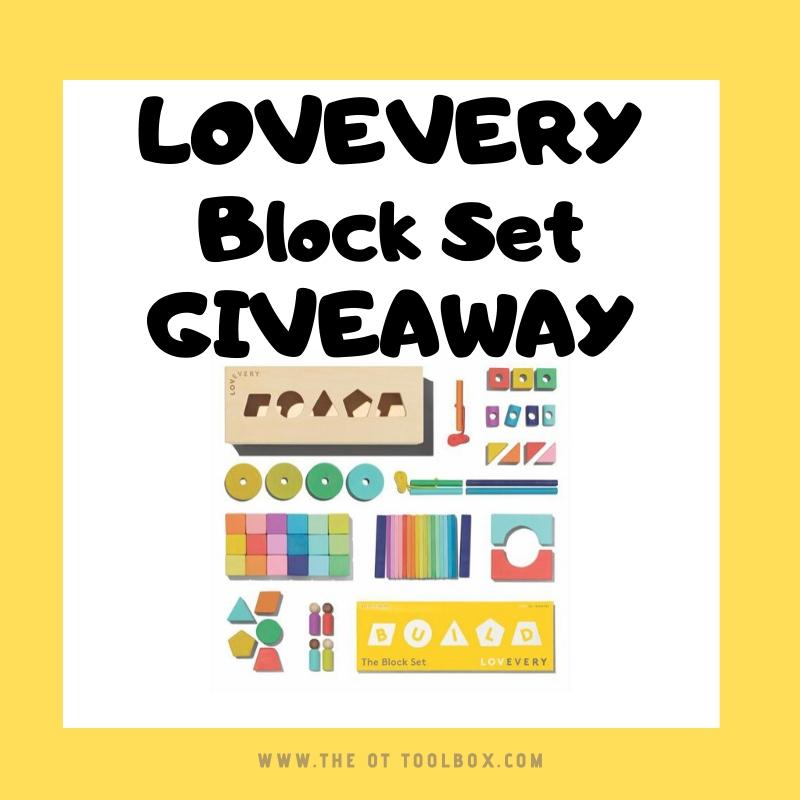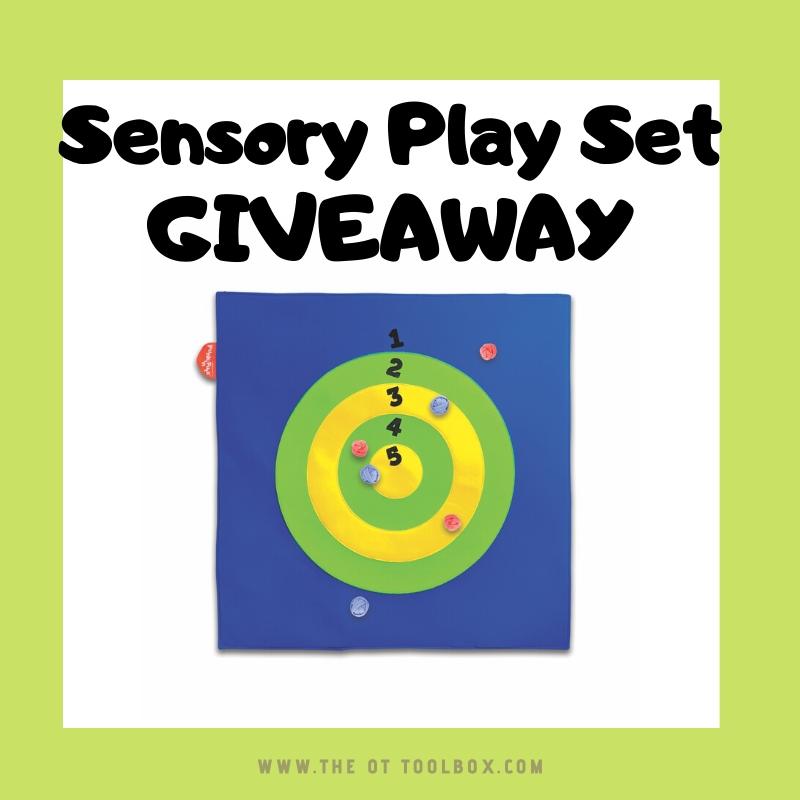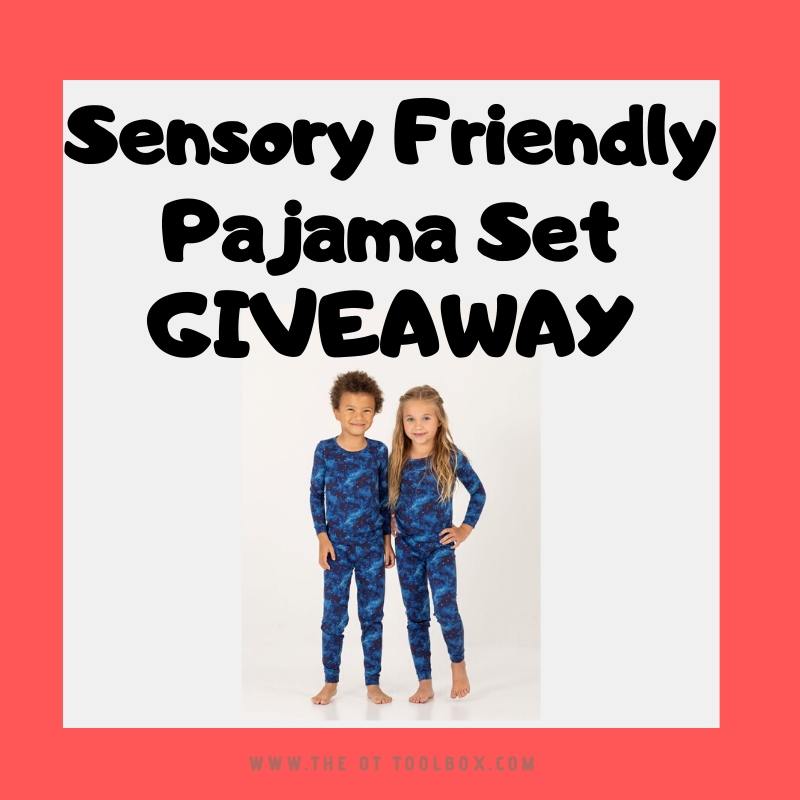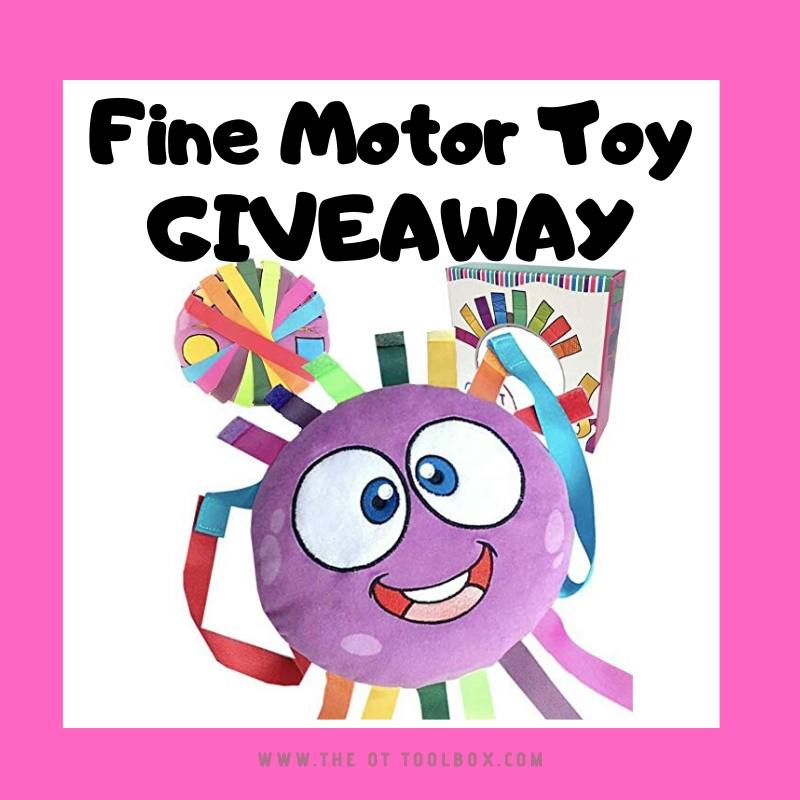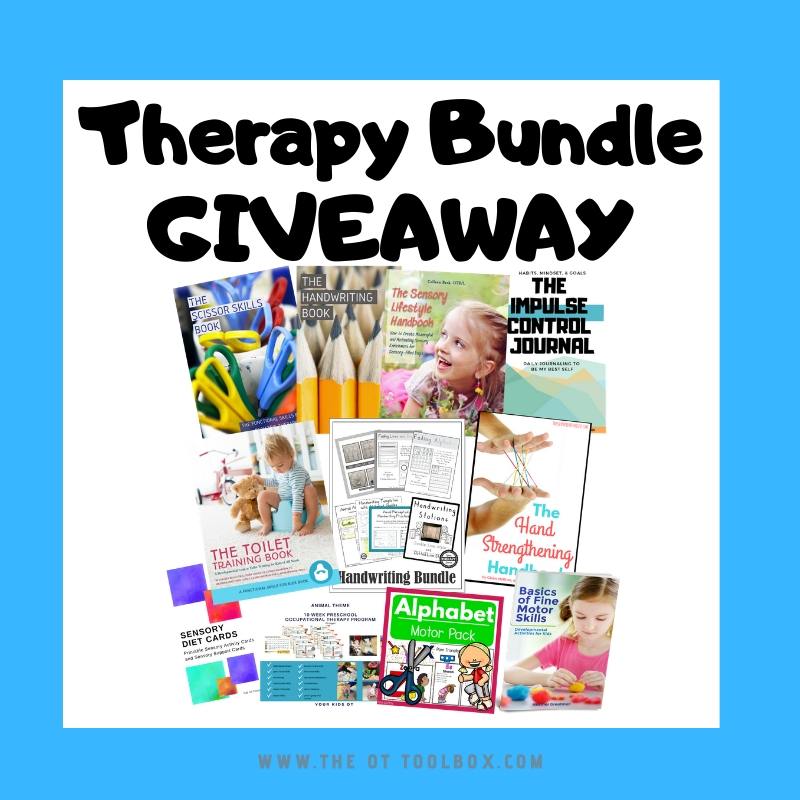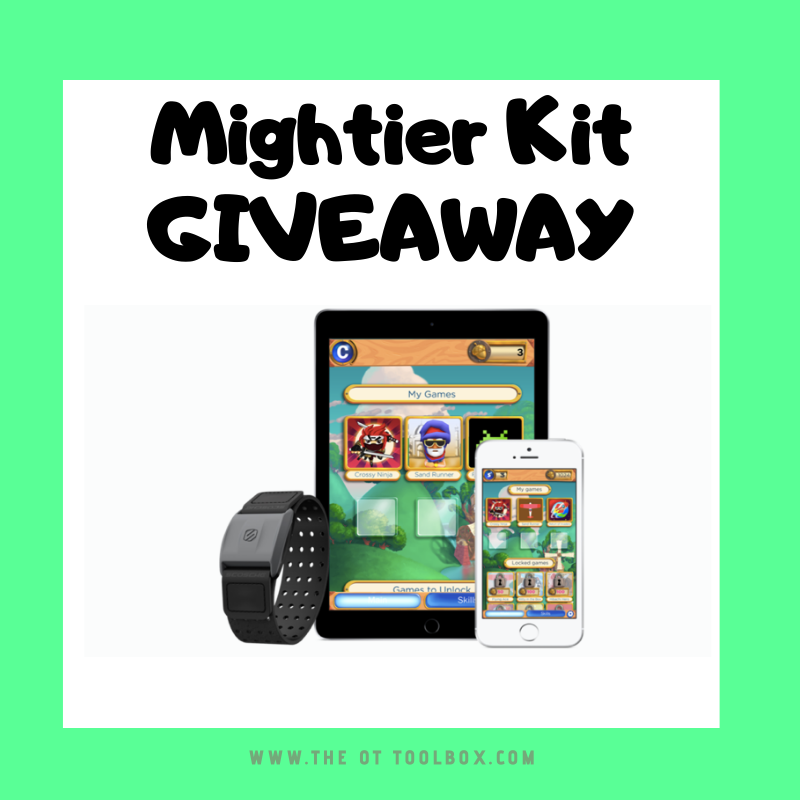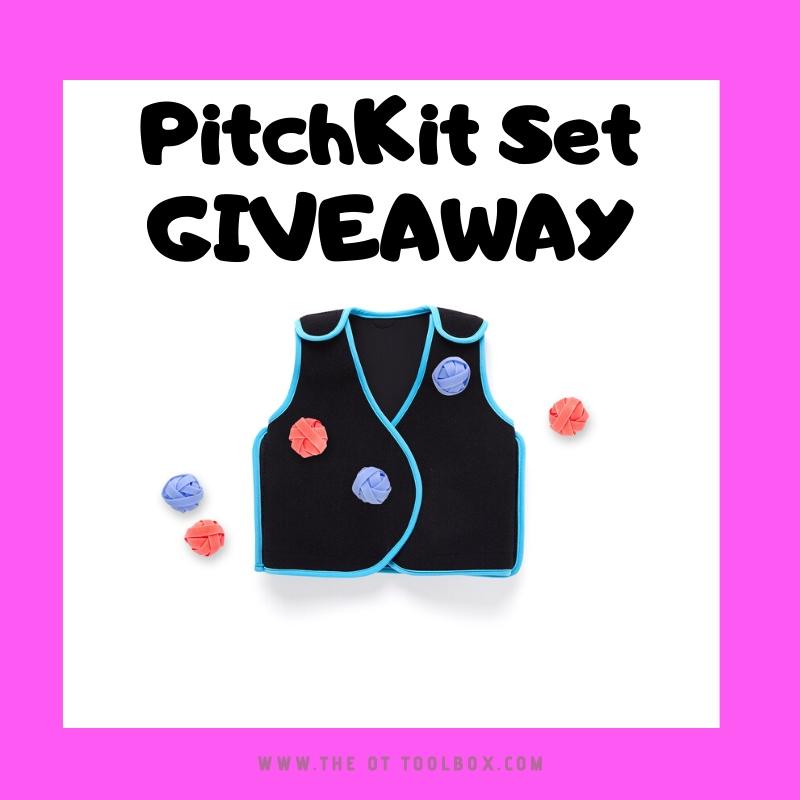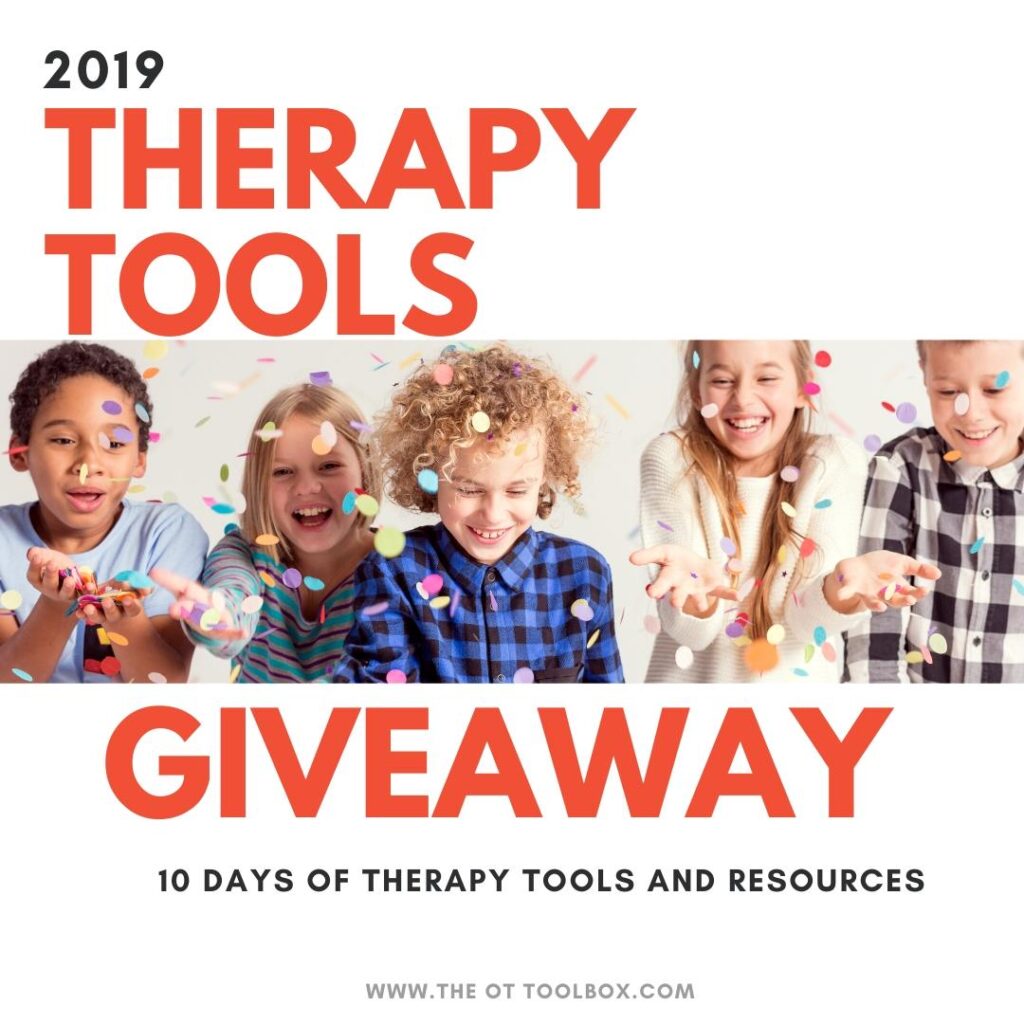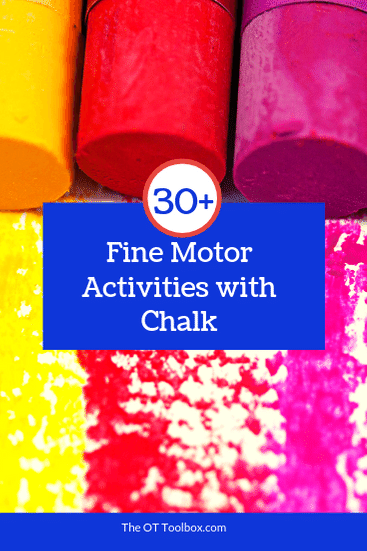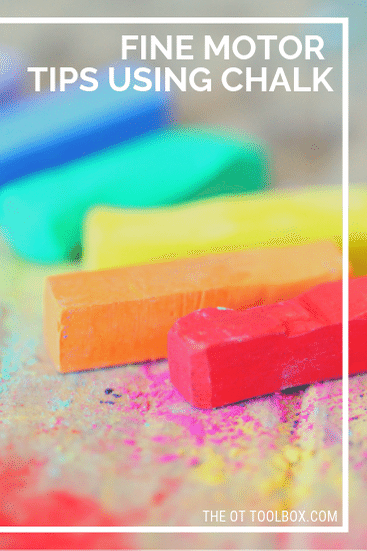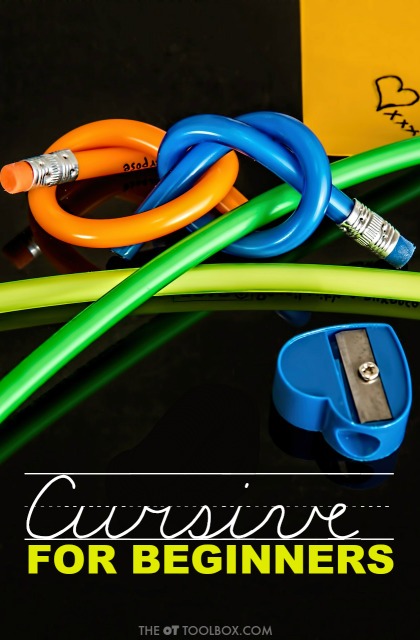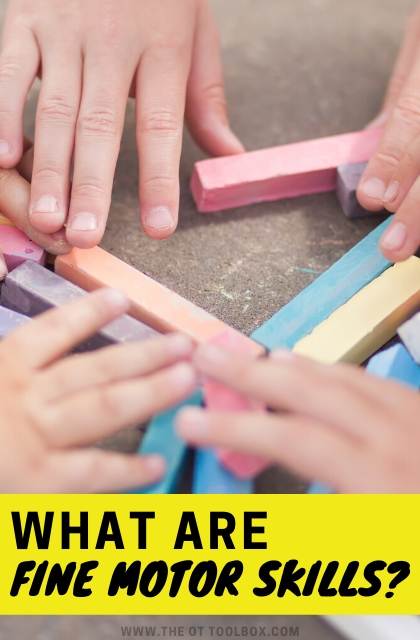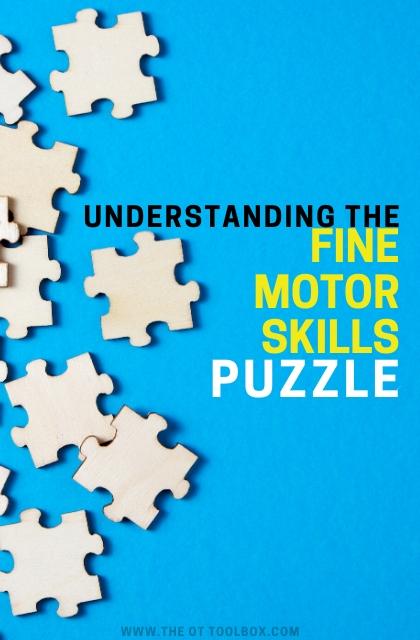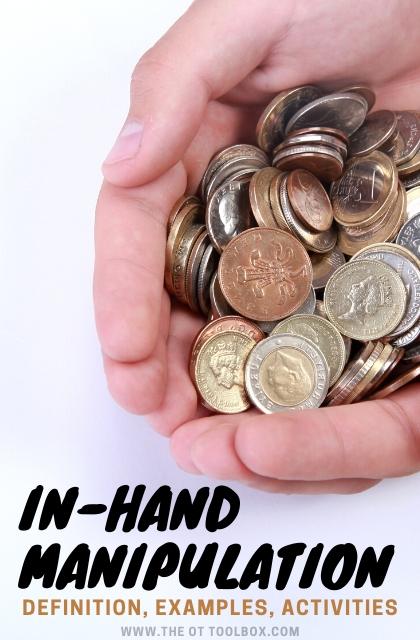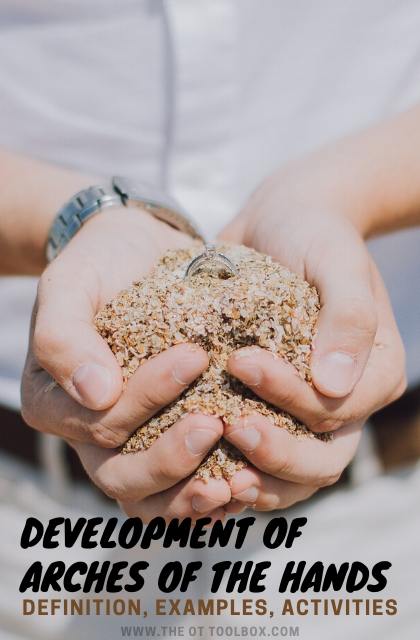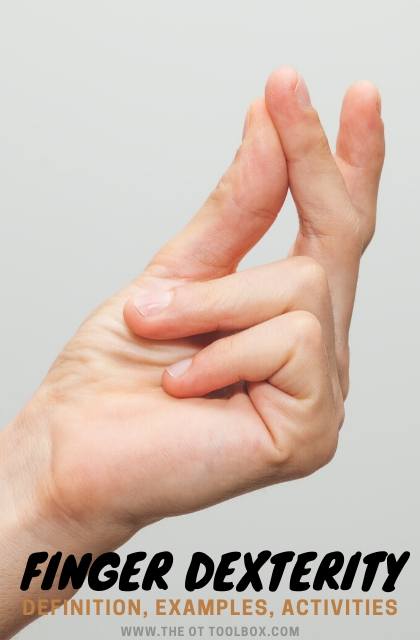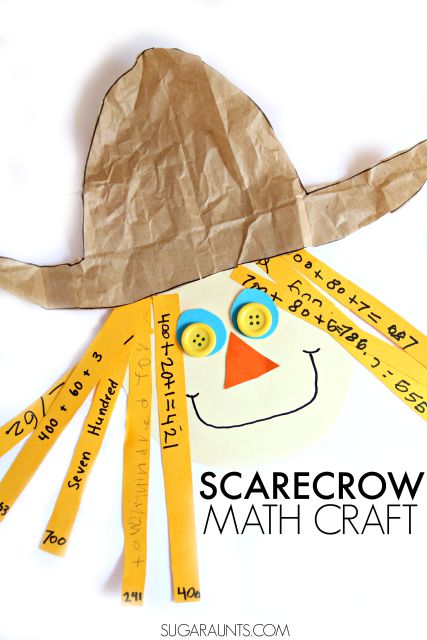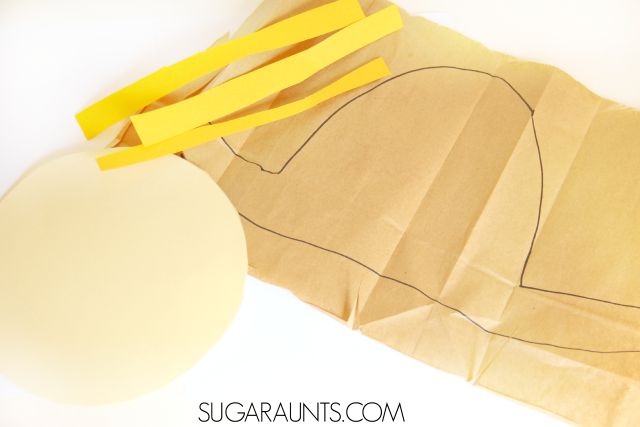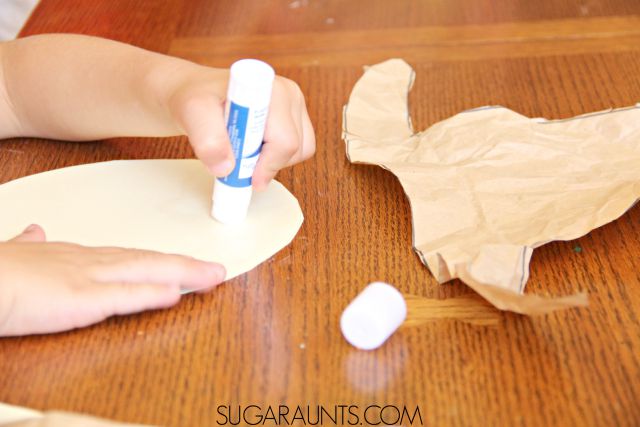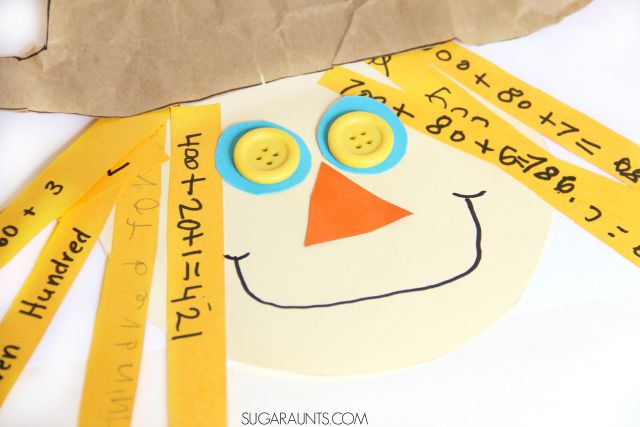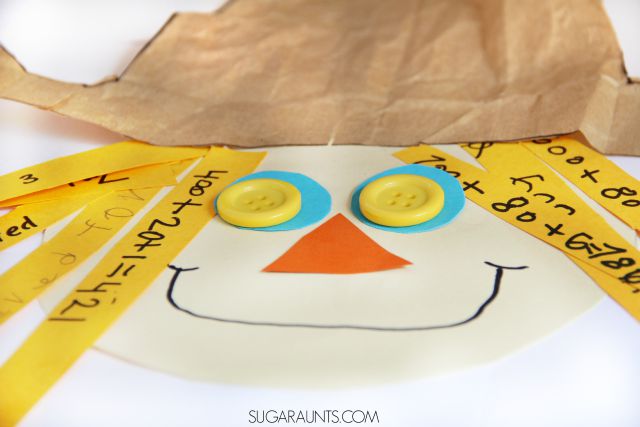Sensory swings are a wonderful tool for improving sensory modulation in kids. We’ve covered different swings in the past, including specific types like a platform swing. Here, we will discuss how and why a sensory swing is used for modulation of sensory needs. Sensory swings are powerful sensory strategy when it comes individuals with sensory processing needs. Let’s discuss how sensory swings can help with sensory processing and modulation.
This content is part of our week-long therapy giveaway event, where we are collaborating with brands to give you the opportunity to win various therapy items, toys, and games as a thank you for being here and a celebration of our profession and those we serve.
Related, check out our blog post on affect modulation.
Sensory Swings for Modulation…
You’ve seen the issues in classrooms and in homes. There are kiddos struggling with self-regulation and management of sensory processing. We notice the child that gets overwhelmed or stuck on a direction to complete a worksheet. We see a child who breaks down and resolves into a pattern of hitting, biting, kicking, or damaging property. We notice the child that can’t sit upright in their seat to listen to their teacher. We can identify the child who bites on their pencil to the point of nibbling on eraser bits and chunks of wood. We see the actions and we see the results of a real need. Sometimes, we can even predict the events or situations that lead to these behaviors.
What we don’t see is the internal struggle.
We miss out on the feeling of overwhelming sensory input. We can’t feel the emptiness or the detached sensation. We miss out on what’s happening inside those beautiful, intelligent, and awesomely created brains and bodies.
While we can connect the dots from event to behavior, our biggest struggle as advocates, educators, and loved ones is to know the true internal path that connects those dots.
An occupational therapist analyzes the occupational domains that a child or individual pursues. They determine any difficulties in modulation, discrimination, praxis, motor skills, and other components that impact those occupations. In providing sensory-based interventions, therapists use tools to move their clients to optimal levels of arousal for functioning.
The sensory swing is one of those ways to help with sensory modulation.
What is Sensory Modulation
As discussed in the book, The Sensory Lifestyle Handbook, sensory modulation is the organization and regulation of sensory input through the central nervous system to enable skills and abilities such as attention, activity levels. This skill is an efficient, automatic, and effortless occurrence in those with typically developing individuals.
Sensory modulation is defined by Dr. A Jean Ayres as “the neurological process that organizes sensation from one’s own body and from the environment and makes it possible to use the body effectively within the environment. The spatial and temporal aspects of inputs from different sensory modalities are interpreted, associated, and unified” (Ayres, p. 11, 1989).
Problems with sensory modulation result in difficulty responding to and regulating sensory input. A child with sensory modulation disorder might withdrawal as a result of their responses. They may become upset by noises or sounds. They may become overly distracted or obsessed with specific stimuli.
Sensory Modulation in a Nutshell
Essentially, sensory modulation is the ability to take in sensory input, sort it, and respond to that input. Modulation results in function, alertness, awareness of self, and awareness of the world around oneself.
When sensory modulation is stalled, moving slowly, or running on hyper speed, we see disorganized, over-responsive, or under-responsive individuals.
As a result, children struggle to complete functional tasks, follow directions, learn, manage emotions, interact socially, etc.
How to Help with Sensory Modulation
Sensory modulation issues can be improved to impact a child’s arousal state so they can be effective and function in daily living tasks, in school, emotionally, and socially. Some sensory strategies to help with modulation are listed below.
Use the expertise of an occupational therapist to identify and analyze modulation levels. Identifying strengths and weaknesses can play a part in helping to understand other underlying areas that need addressing and play into sensory modulation concerns. Functioning individuals may require specific levels and intensities of specific sensory input, which can vary across different environments or on a day-to-day basis.
- Use sensory activities to add proprioception, vestibular input, or touch input to help with arousal states, and calm or alert levels in order to function in tasks.
- Create a sensory diet that allows for sensory use across environments and sensory tools or strategies to address changes in modulation or arousal.
- Set up a sensory station to successfully integrate sensory activities into daily lives. Sensory stations can occur in the home, classroom, or on-the-go.
A sensory swing can be used to impact sensory modulation in all of these strategies.
Use a sensory swing for Modulation
A sensory swing can be a calming place to regroup and cope. It can be a safe space for a child to gain calming vestibular input through slow and predictable motions.
A sensory swing can be a source of intense vestibular input as a means to challenge arousal levels.
A sensory swing can use a firm pillow base to provide proprioceptive feedback and heavy input while addressing tactile defensiveness.
A sensory swing can be a means for combining calming or alerting motions with coordinated movement strategies to impact praxis, postural control, and perception.
A sensory swing can be used with others as a tool for building social skills and emotional regulation.
A sensory swing can be used as an outlet for meltdowns before they turn into biting, kicking, hitting, or yelling.
A sensory swing can be a transition tool to provide calming vestibular input before physical actions and executive functioning concepts needed for tasks such as completing homework, or getting ready for bed.
INDOOR Sensory Swing
Want to address modulation and impact sensory processing needs in the home, classroom, or therapy room? we’ve talked about how sensory swings impact sensory processing and the ability to regulate sensory input. Let’s take things up a notch by getting a therapy swing into your hands.
One sensory swing that I’ve got in my house is the Harkla sensory swing. We’ve used this exact swing as an outdoor sensory swing, but it’s a powerful tool when used as an indoor swing. Today, you have the chance to win one of your own. Using a Harkla swing as an indoor swing provides opportunities for modulation in various environments and as a tool to regulate emotions, behaviors.
Over or under inflate to provide more or less base of support and a challenge in postural control. Additionally, this swing holds up to 150 pounds, making it an option to address sensory modulation for adults.
Use the cocoon swing to create a relaxation space or sensory station right in the home or classroom. With the easy-to-install swing, a sensory diet space can come alive using the Harkla Therapy Swing!
Occupational therapists use pod swings to address sensory modulation, attention needs, regulation, or sensory processing disorder. The cocoon swing we’re giving away below provides a hug-like effect to address sensory needs or as a fun space to hang out in in the classroom or home. A few more details about this indoor swing option:
- Comes with all the hardware for an easy setup, including a pump, adjustable strap, 4 bolts, carabiner, and a ceiling hook
- Holds up to 150lbs for a safe place for your child
- Includes an adjustable strap to make it easy to safely hang your sensory swings indoors from any height
- Comes with easy-to-follow directions so anyone can hang it up
- Free shipping & a lifetime guarantee
Harkla Sensory Swing Giveaway
This giveaway, sponsored by Harkla, has now ended.
TOns of Sensory Modulation Ideas
Some of the smartest and most creative folks I know are the readers of The OT Toolbox. I asked readers to tell me sensory strategies they personally love and use to address sensory modulation. Scroll through the comments…you might just find some new sensory strategies that will work for you! Hopefully we can learn from one another!
Also, check out these other soy suggestions based on therapeutic development through play.
- Fine Motor Toys
- Gross Motor Toys
- Pencil Grasp Toys
- Toys for Reluctant Writers
- Toys for Spatial Awareness
- Toys for Visual Tracking
- Toys for Sensory Play
- Bilateral Coordination Toys
- Games for Executive Functioning Skills
- Toys and Tools to Improve Visual Perception
- Toys to Help with Scissors Skills
- Toys for Attention and Focus
Ayres, A.J. (1 989). Sensory Integration and Praxis Tests. Los Angeles, Western Psychological Services.
